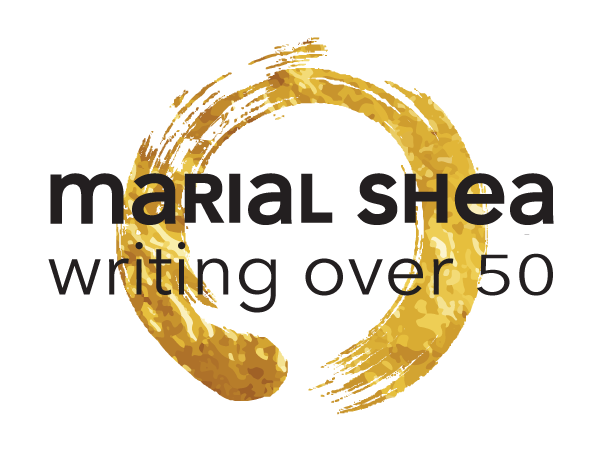True confession: I’ve spent far too much of my life reading books about creativity. The word “obsession” comes to mind. Feeling blocked as a creative, I used to rabidly consume anything that promised insight and release.
Back in the late nineties, before creativity became the subject du jour, I happened across Mihaly Csikszentmihalyi’s Creativity: Flow and the Psychology of Discovery and Invention. A glance at my dog-eared, annotated copy conjures the thrill I felt at first reading about the theories behind the creative process — a process that, in practice, excited and repelled me in equal measure.
And I remained thrilled as the deluge began: books, articles, blog posts, and, eventually, TED Talks, podcasts, and YouTube videos on the creative process — more information than any one person could take in.
Though I did try.
For 20 years I soaked up everything that came my way. I took courses. I even trained with Dr. Eric Maisel, who coined the term “creativity coach” (a title I used to describe my work until I realized nobody knew what it meant).
I was in constant search for the Big Secret that would open my inner firehose of creativity, as promised by all those experts.
And then, I’m not sure when, but one day I reached the point of total saturation. Clearly, I had over-consumed. I could not absorb another list of the “4 steps in the creative process” or the “5/7/10 ways to be more creative.” I developed an allergy to sentences beginning with “studies have shown” and “according to a recent survey.” The self-proclaimed experts and their “proven” methods had worn me out.
Fie upon the rules, studies, and experts. Turns out that all my reading about creativity was what I was doing instead of creating.
Which is why I’m surprised that I even picked up — let alone enjoyed — a little book called Great Minds Don’t Think Alike: Discover the Method & Madness of 56 Creative Geniuses.
The book comprises a slender 130 pages, half of which are illustrations, with a single page summarizing the creative process of each of these well-known artists, from Leonardo da Vinci to Bjork and Edgar Allan Poe to Lena Dunham.
While the subject appears to be creativity in general, the author’s genius is her focus on concrete details. She is not rehashing the same old theories about creativity and nary a study is cited. Neither are these mini-biographies nor summaries of the artists’ entire oeuvres.
Instead, each entry highlights a single practice that weaves through that artist’s work.
Most of these artists are little known to me, save for their public personas, but the ones I do know I feel she has captured accurately.
David Hockney I’ve followed avidly for decades, and she headlines his entry with “Same thing, different way.” Perfect. “Hockney’s work has always been explorative,” she writes. “What unites it is a joyful search for newness that allows him to return to the same subject again and again … with fresh eyes.” Exactly right!
Gosling summarizes Werner Herzog’s method for becoming a filmmaker as “read everything.” (You can imagine why this is my favourite entry.) “Read, read, read, read. And then read some more,” she quotes.
For Lena Dunham it’s “fiction from reality.” Gosling tells us, “Dunham has not shied away from creating characters, dialogue, and plot points from the people around her.”
Yoko Ono’s art “centers around making the audience active participants” while Gertrude Stein harnesses time by writing in sprints of about 30 minutes each day, making that small window of time work by seeing “writing as a process of discovery, rather than entering into the creative process with an end result in mind.”
Great Minds is a neat little non-preachy book of creative inspiration by an author who assumes the reader is smart enough to take what they need rather than spoon-feeding us pat advice. I like that.
Great Minds Don’t Think Alike: Discover the Method & Madness of 56 Creative Geniuses
By Emily Gosling
Octopus Publishing Group, 2018
